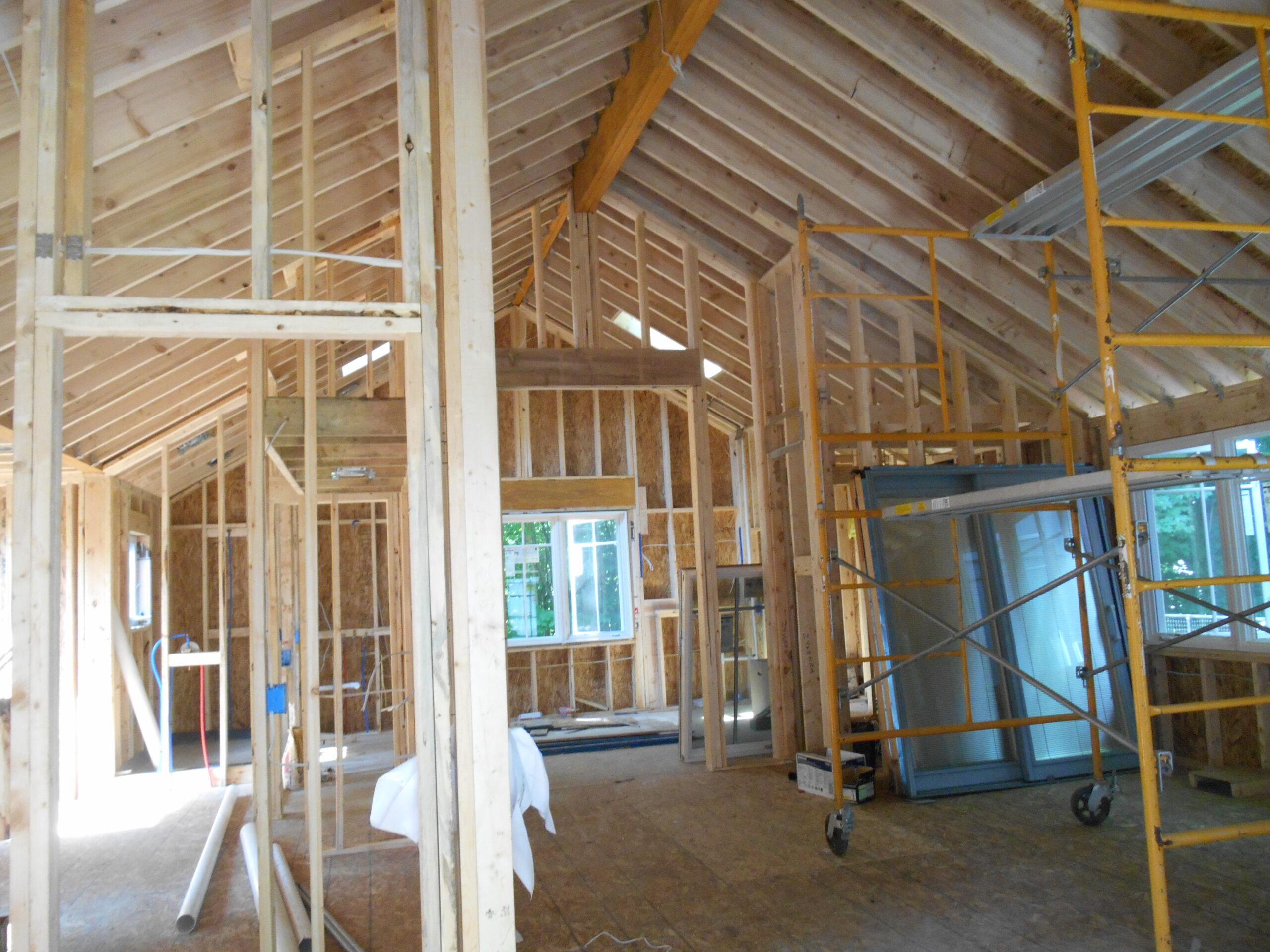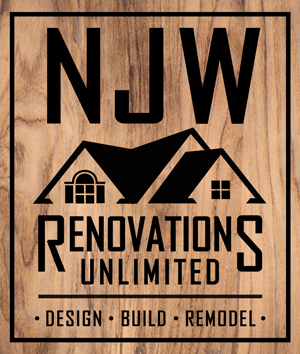
As your Columbus remodeling company, we know that when you are ready to make a big change in your home, for example, a room addition… you now need to think about financing that project, and why not think outside the box when it comes time for financing a home addition?
Get yourself up to speed at the U.S. Department of Housing and Urban Development website. You’ll find a generous assortment of tips for the homeowner interested in remodeling or renovating. Although a home addition can be stressful and take effort, the dividends you’ll receive often make the process worth it in the end!
Here are six creative ways we found here to finance your home addition and get ready to make some big changes in your house.
1. Home Equity Loans
Yes, the name and concept of a second mortgage on your home can be a scary proposition, but a home equity loan might be one of the easiest ways to finance a home addition. Slowly but surely you’ve been accruing some equity in your home – a growing percentage of your home that you actually own. Why not tap into that equity and use it to finance a home addition that will increase your home’s value and make your home more livable?
You are likely to find a home equity loan to have a lower interest rate because you’re borrowing against the value of your home – it’s a secured loan. You’ll also get your funds in one lump sum, which can make it possible to pay a contractor and purchase materials and appliances for the addition. Take advantage of tax deductions connected with a home equity loan, too.
2. Home Equity Lines of Credit
Similar to a home equity loan, a home equity line of credit also taps into the equity you’ve built up in your home. The lender sets a credit limit, a term for the loan and the interest rate based on your credit and home equity. Once you have the loan in place, you have a revolving line of credit available to you to use to finance a home addition. The lender usually gives you a debit card to access the money as you need it. This can be an ideal set-up if you’ve got various contractors to pay or you’re completing the home addition in stages. A home equity line of credit is also perfect if you’re doing some of the work yourself because you can even present the debit card at home improvement stores to buy materials and tools.
As you begin to use the funds, talk to your lender about payment options – you may be able to pay only the interest during the term of the loan.
3. Title 1 Loan
If you’ve got stellar credit and a solid income, you may quality for a Title 1 loan with a private lender. The good news – you don’t need equity in your home to qualify for a Title 1 loan. Private lenders like Title 1 loans because the U.S. Department of Housing and Urban Development insures them against loss on all property improvement loans made. For a single family home, the maximum loan amount is $25,000 and the loan term is up to 20 years. Interest rates are fixed and are based on local common market rates. Don’t be afraid to negotiate the interest rate with the lender. If your loan is over $7,500, it will be a secured loan using your mortgage.
The requirements of a Title 1 loan for a single family home stipulate that you have to use it for alterations, improvements or repairs and a new home must be completed and occupied for at least 90 days.
4. Personal Loan
A personal loan may be another option – especially if the home addition isn’t a major one with a huge budget. The difference between a home equity loan and a personal loan is the security of the loan. Personal loans aren’t connected or secured against your mortgage. You may find higher interest rates connected with personal loans, though. One drawback of a personal loan is the absence of tax deductions.
5. Energy Improvement Mortgage
If your home is over-the-top energy efficient, the federal government may give you a boost. There are requirements, though. The main hoop requires that your home meet specific energy-efficient standards and you have to prove it with an inspection. Once a home inspection verifies this standard, you can tap into the money you will save in utility bills to finance various energy improvements you want to make to your home.
6. Income Tax Credits
Check for state income tax credits and rebates that will help you finance a home addition. Often, states provide consumers with rebates or credits for purchasing energy efficient appliances or for making energy efficient improvements such as insulation, windows, doors, skylights and roofs. By participating in these programs and following requirements, you can get refunds after completing the home addition.
With some research and creativity you may be surprised at the financing options available to you to fund a home addition. A home addition is a significant project – one that requires diligent preparation and research. Before launching a home addition project, check out every financing option available to you and select the most cost-effective and beneficial option for you and your circumstances.
NJW wants you to be aware of your options when it comes to a home addition, contact us today to see how we can help!
We currently build in Westerville, Worthington, Whitehall, Upper Arlington, Powell, Pickerington, New Albany, Lancaster, Hilliard, Gahanna, Dublin, Bexley, Columbus and all of Central Ohio.

